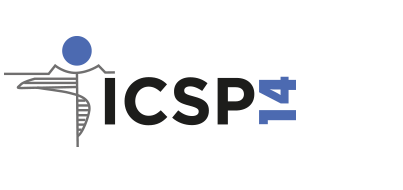14th International Conference on Shot Peening
Abstract [65]
J.R. Antunesa, S. Gangulya,, Y. Xu, a,, P.E. Irvinga, D. Furfarib, D. Busseb, M. Pacchioneb
School of Aerospace, Transport and Manufacturing, Cranfield University, Cranfield, MK43 0A, UK
Airbus Operations Gmbh, Kreetslag 10, Hamburg 21129, Germany
Introduction
Friction Stir Welding (FSW) is being studied as a viable solid-state joining process for aircraft fuselage structures. As with any other high-temperature joining process, FSW will form an integrated structure with variably distributed residual stress fields and a microstructural gradation. This will adversely affect the structural performance of the joint. The FSW process may also introduce defects that would act as sites for fatigue crack initiation during service. Laser Peening (LP) has been demonstrated as an effective tool to improve overall fatigue life by improving both fatigue crack initiation and propagation behaviour in aerospace aluminium alloys due to the introduction of a through-thickness compressive residual stress state. This would also act as a deterrent for crack initiation from a pre-existing defect and potentially recover the fatigue life of a joint. This study investigates the impact of laser shock peening on the structural integrity of a FSWelded aluminium fuselage joint affected by a lack of penetration defect.
Objectives
The broad objective of the study is to understand the material response to peening parameters and geometry and thereafter the underpinning mechanism of fatigue life recovery of a structural component.
Date
18 Novembre 2022

